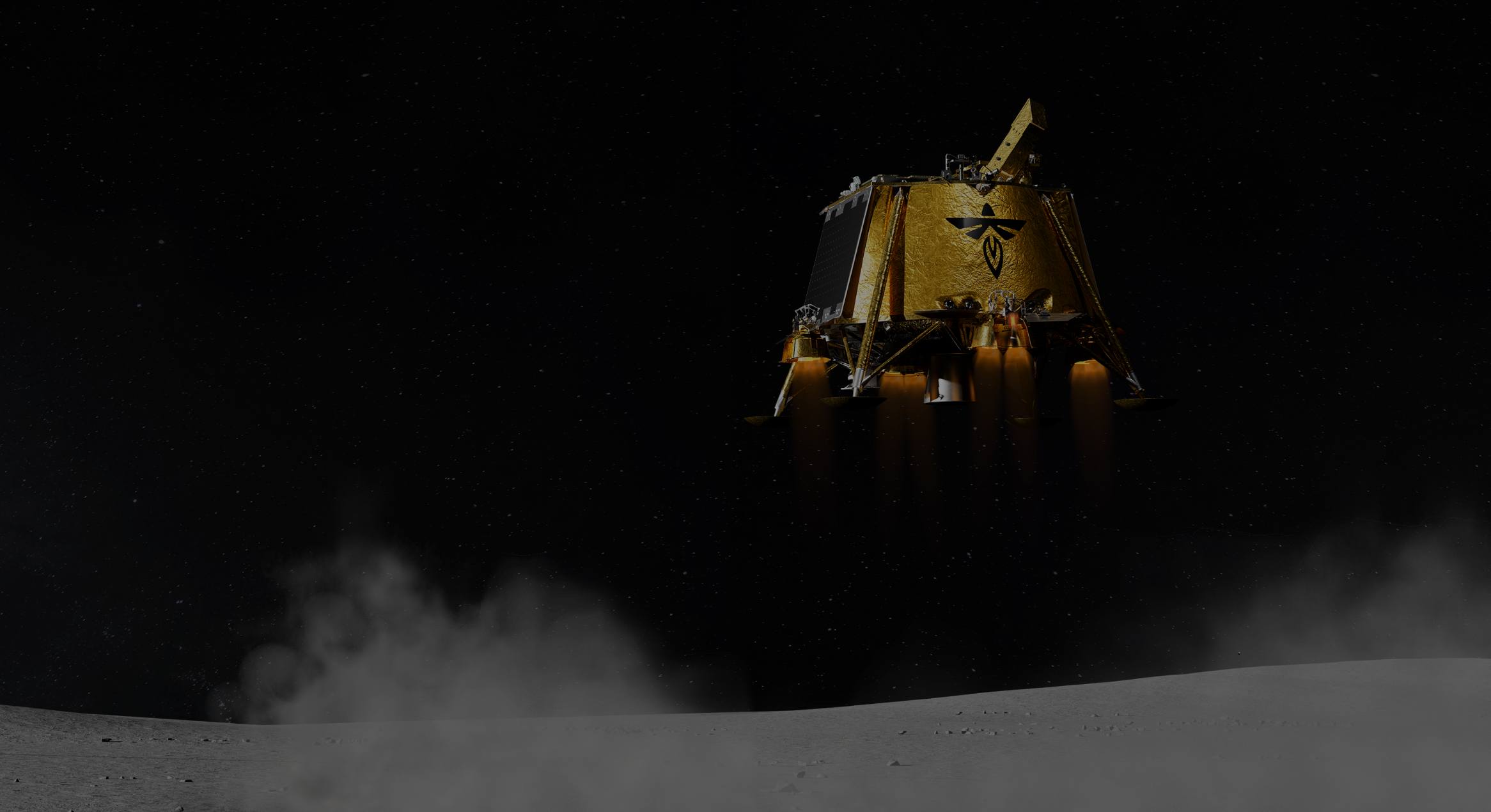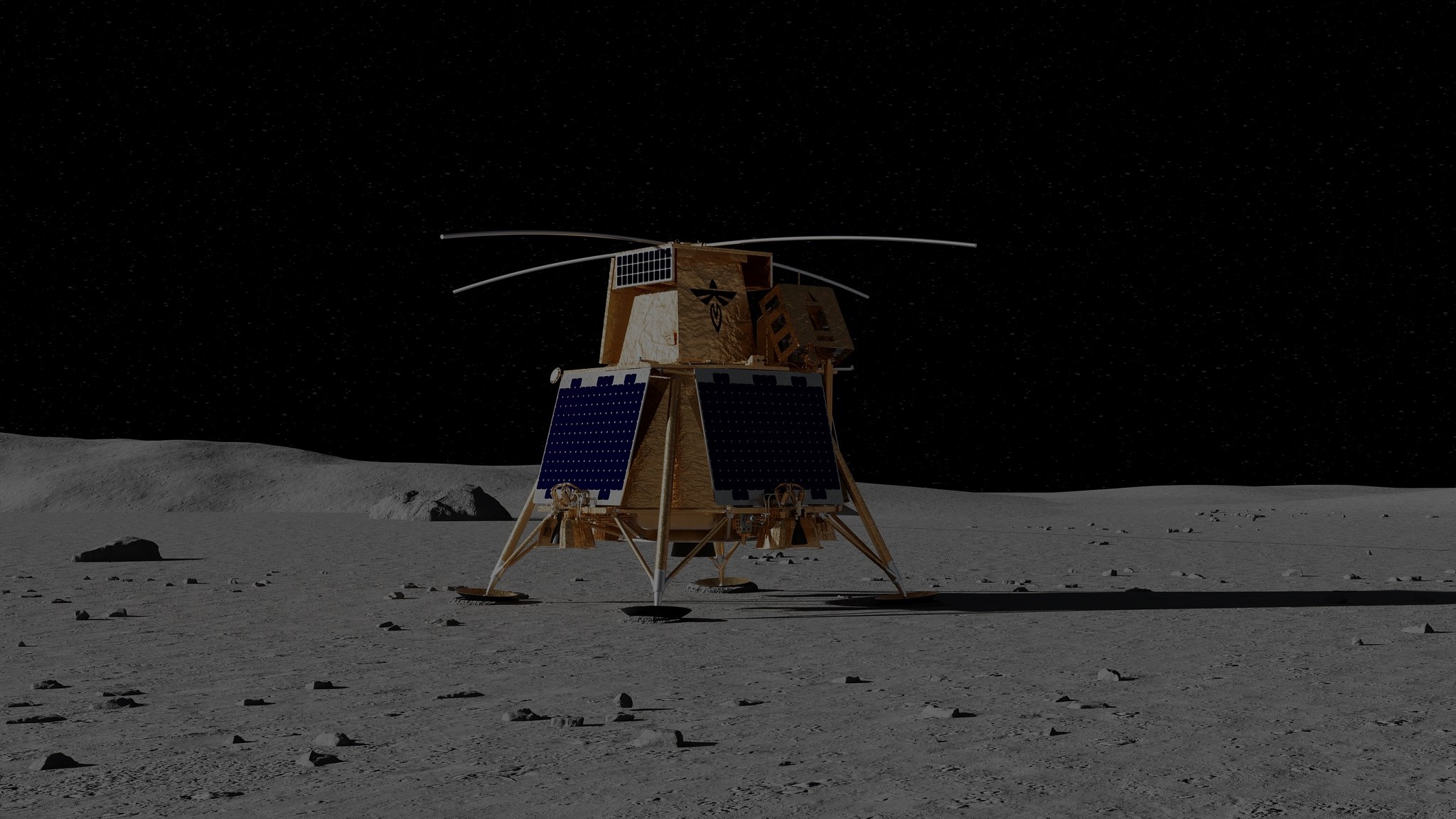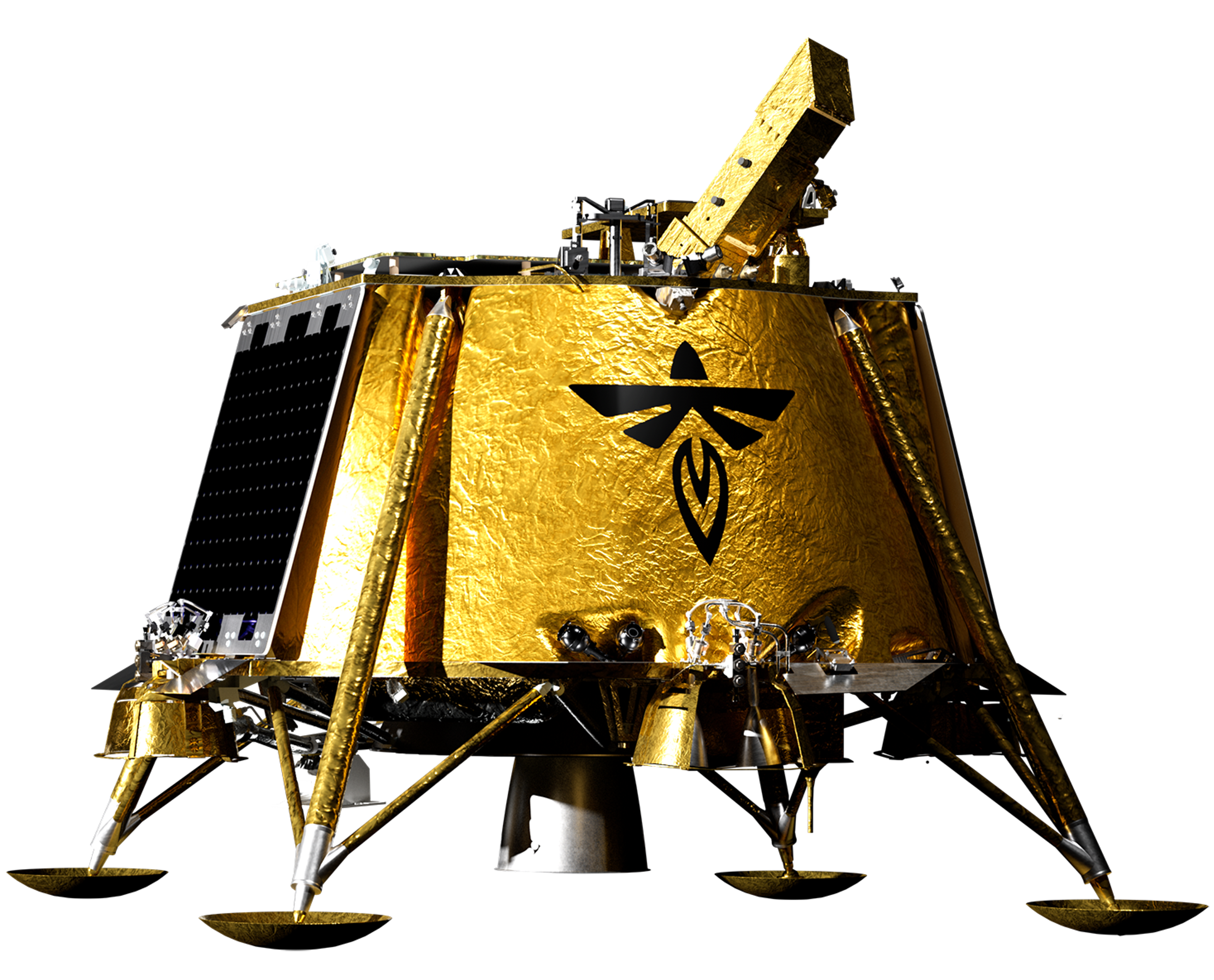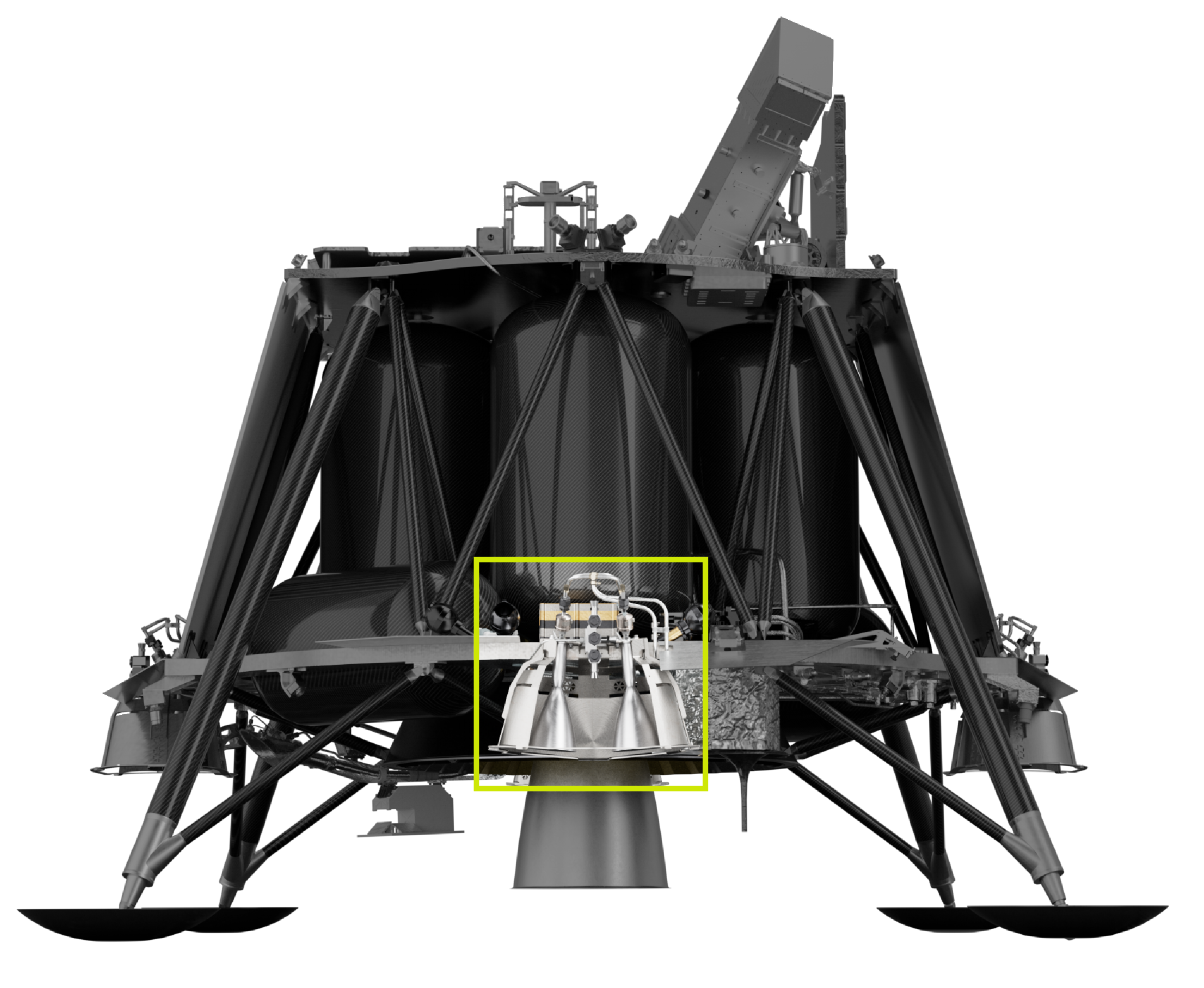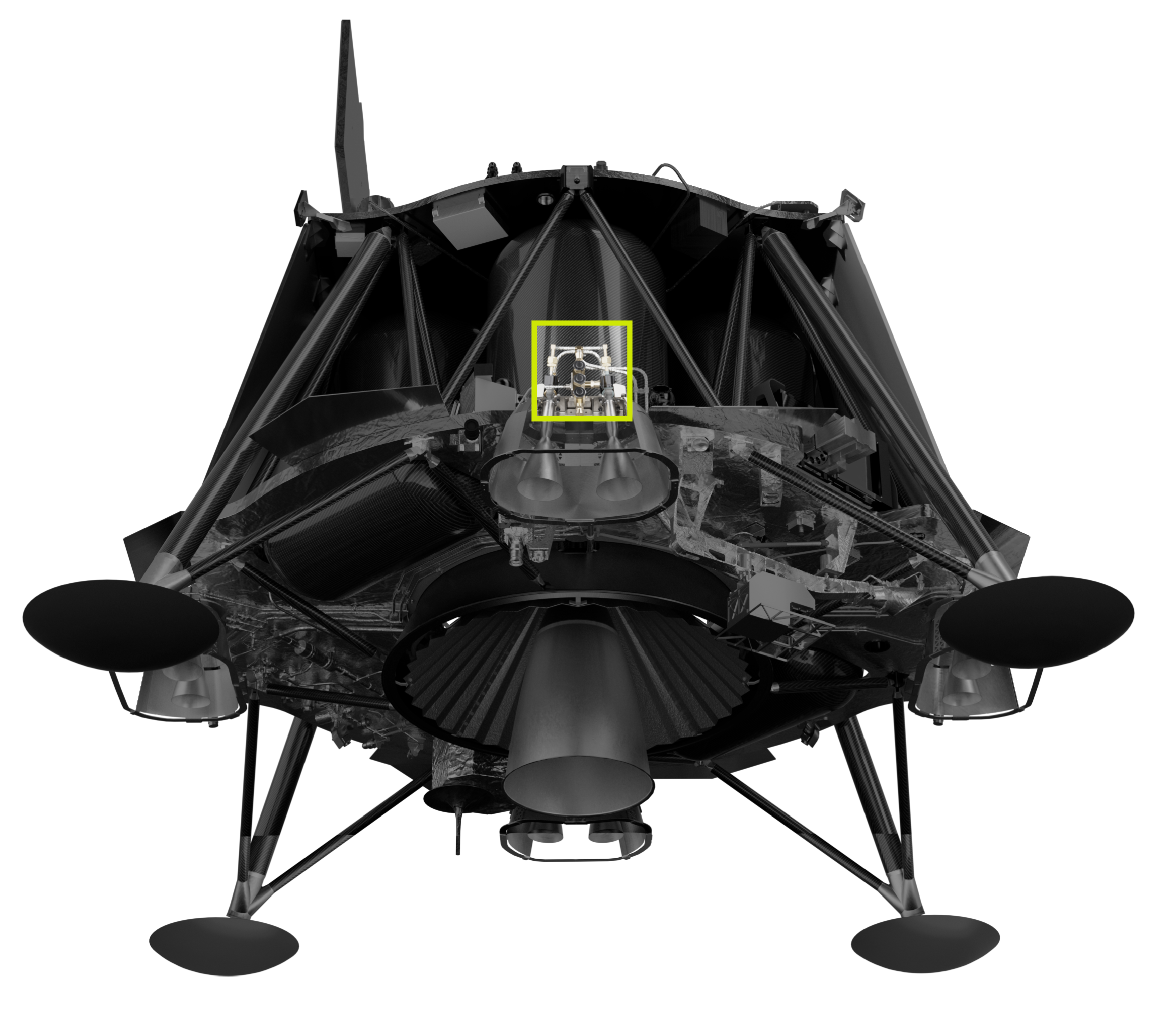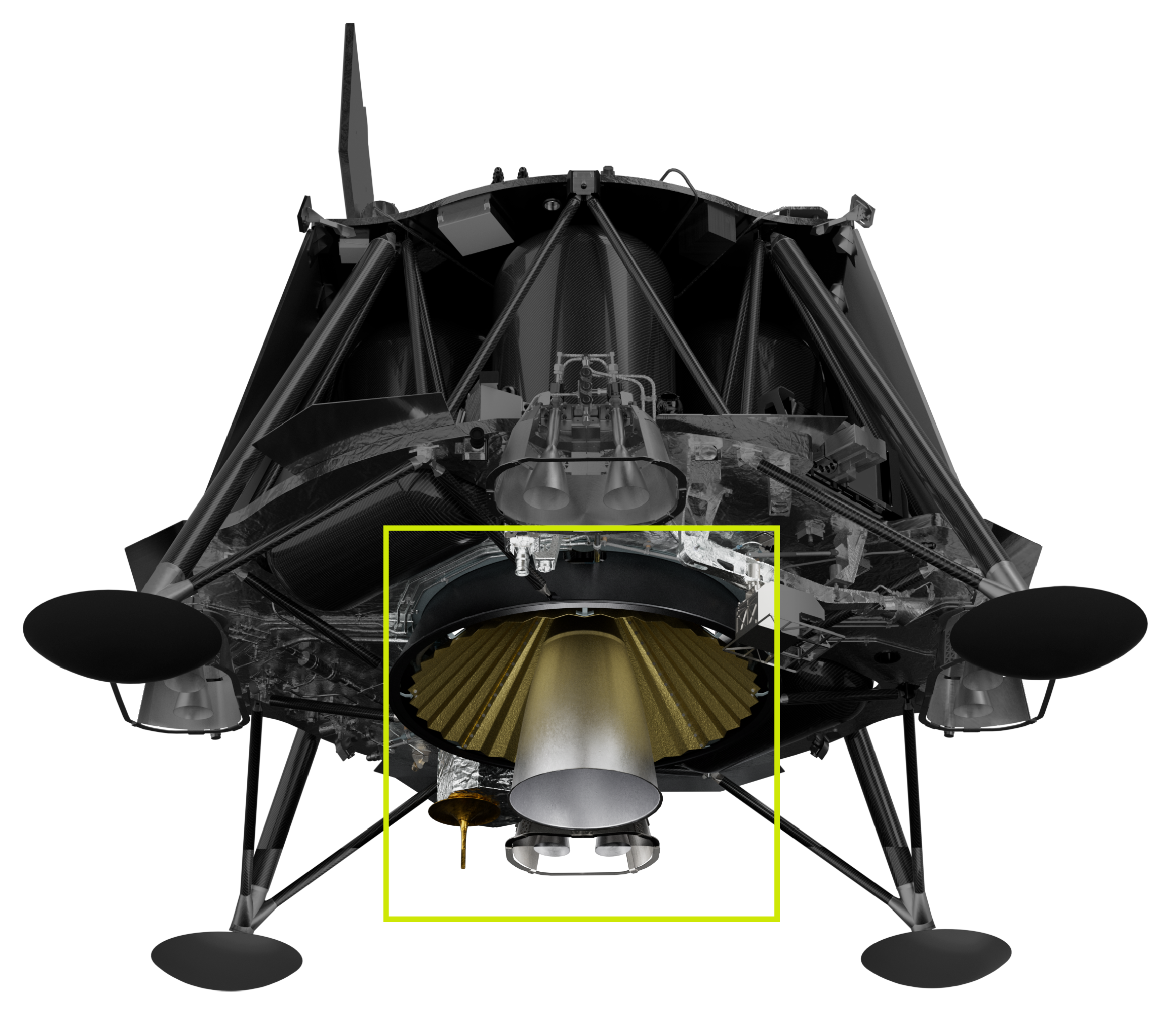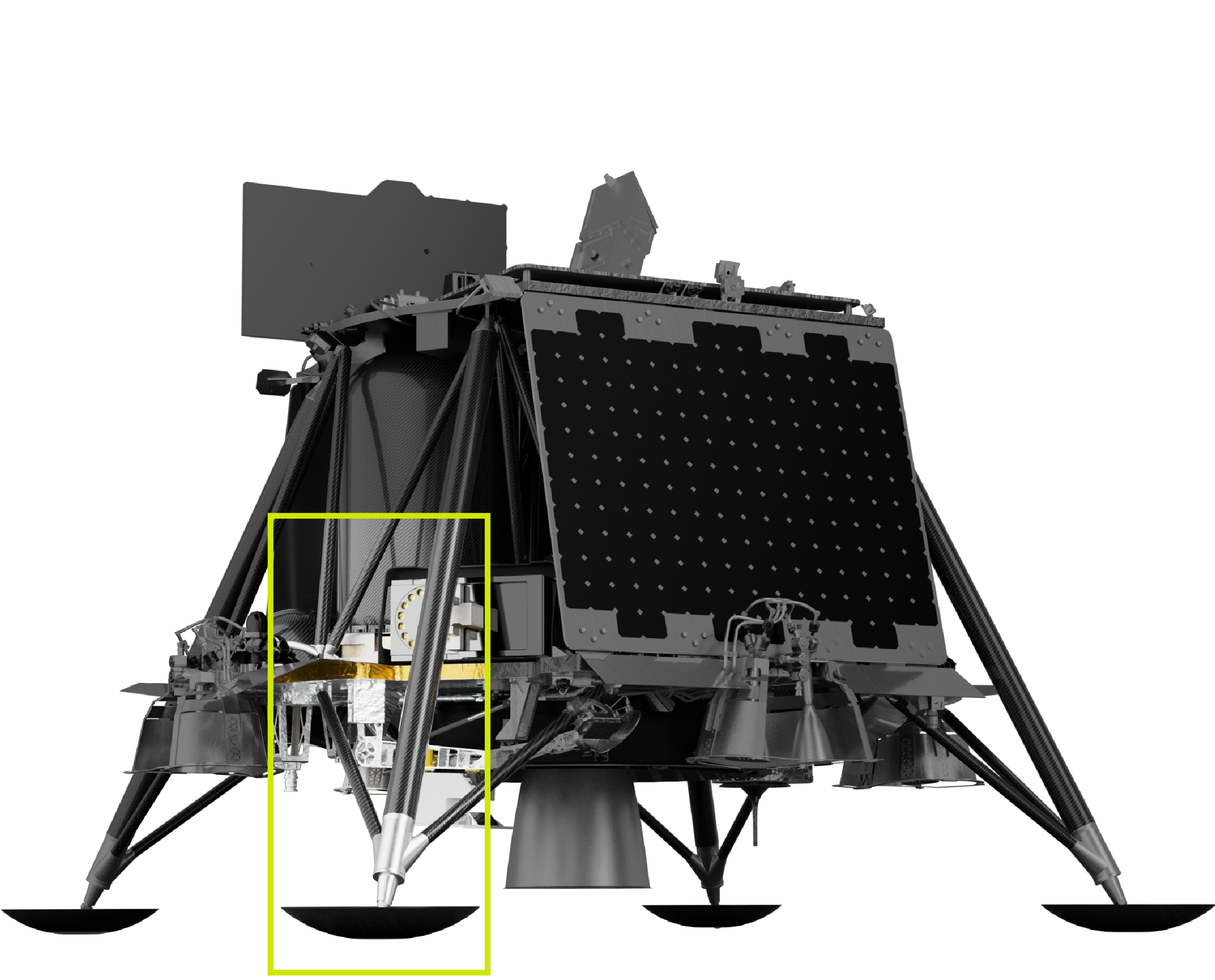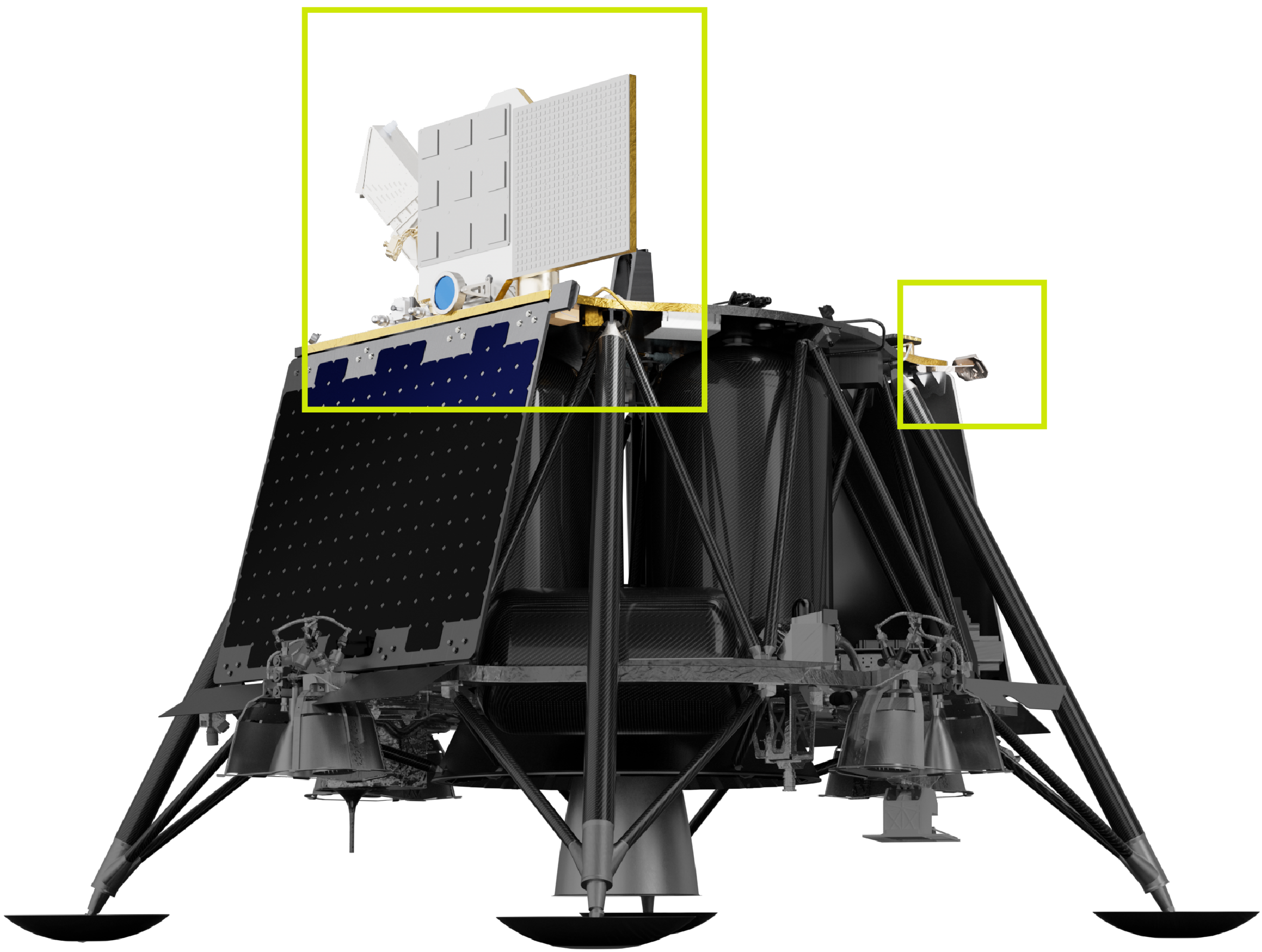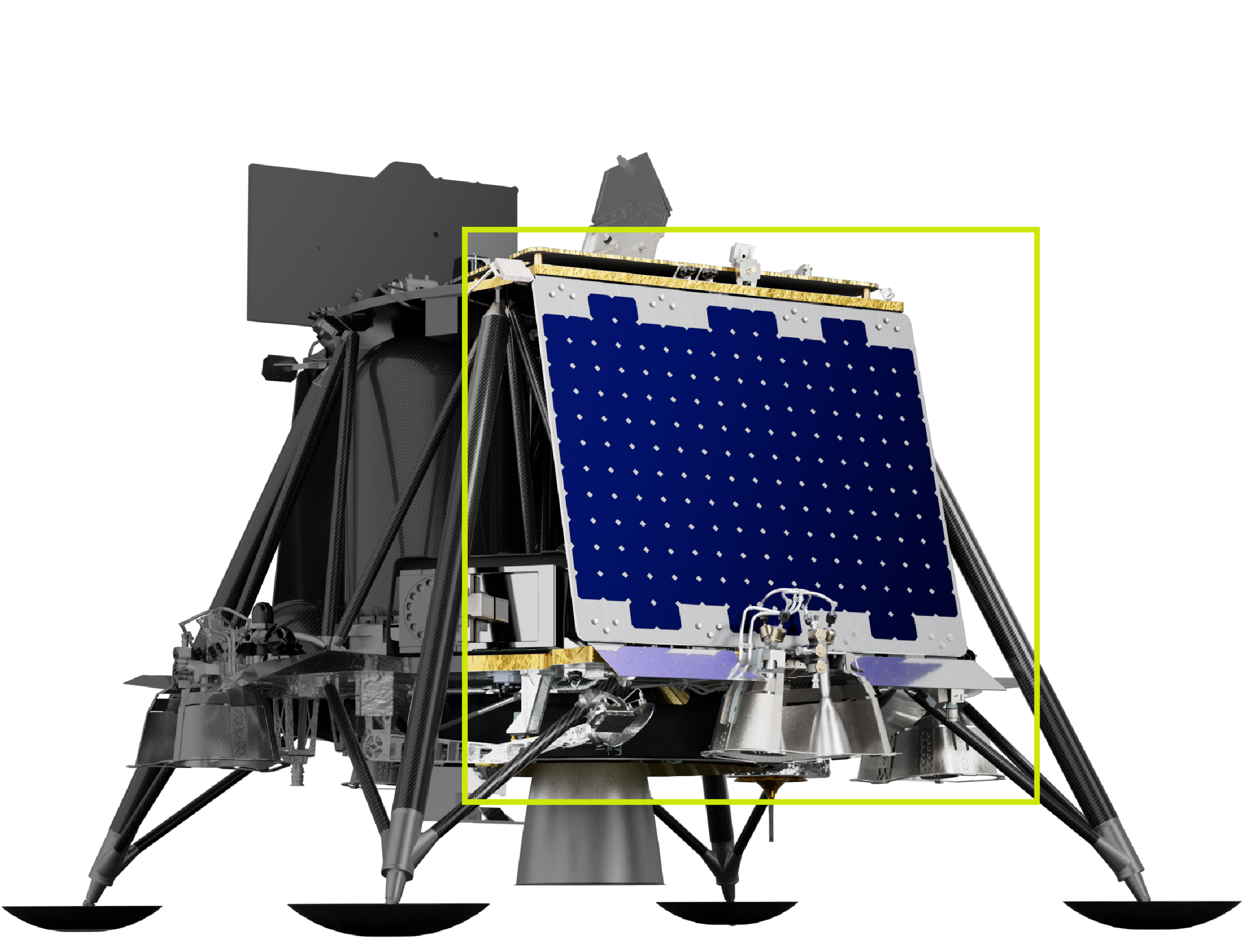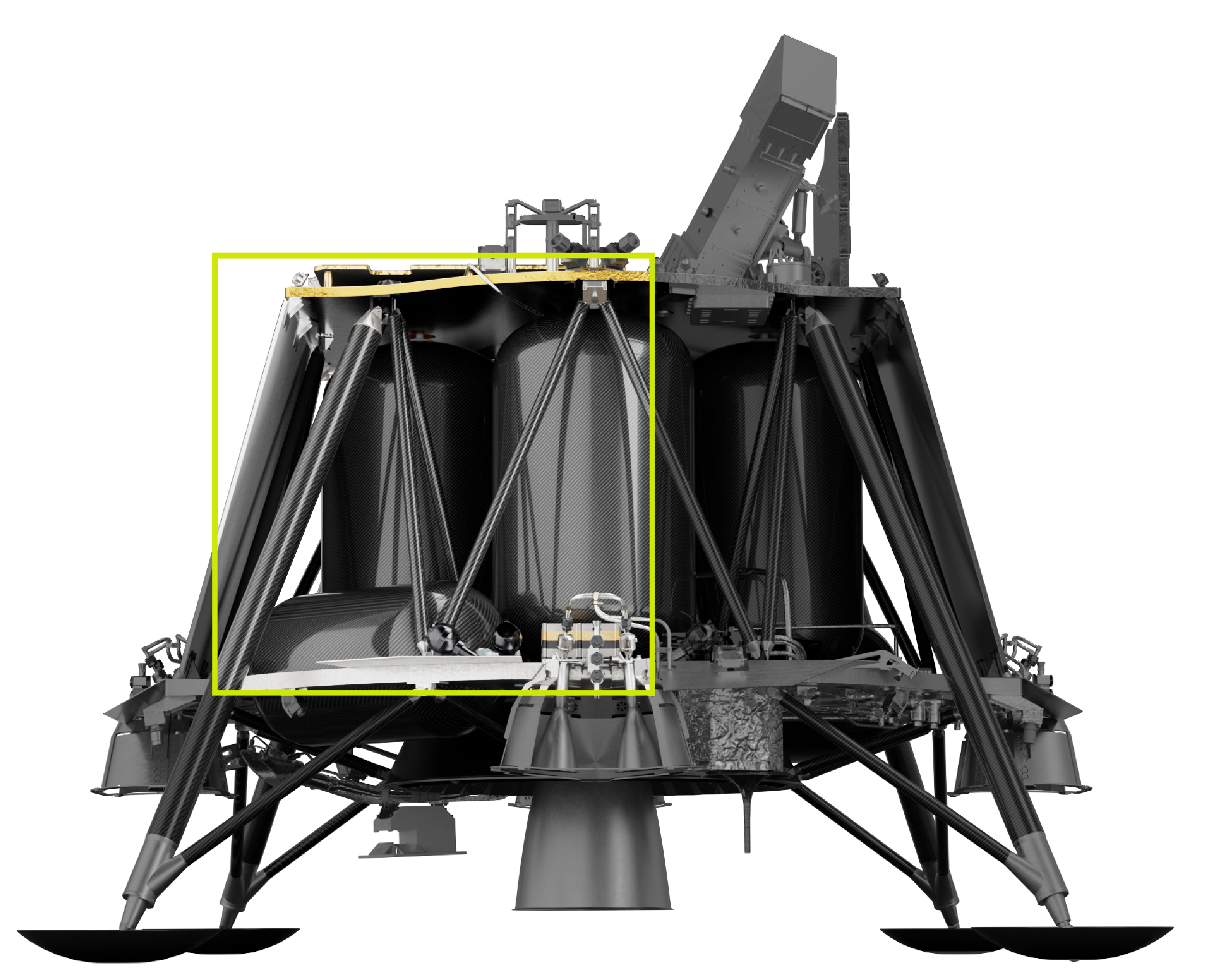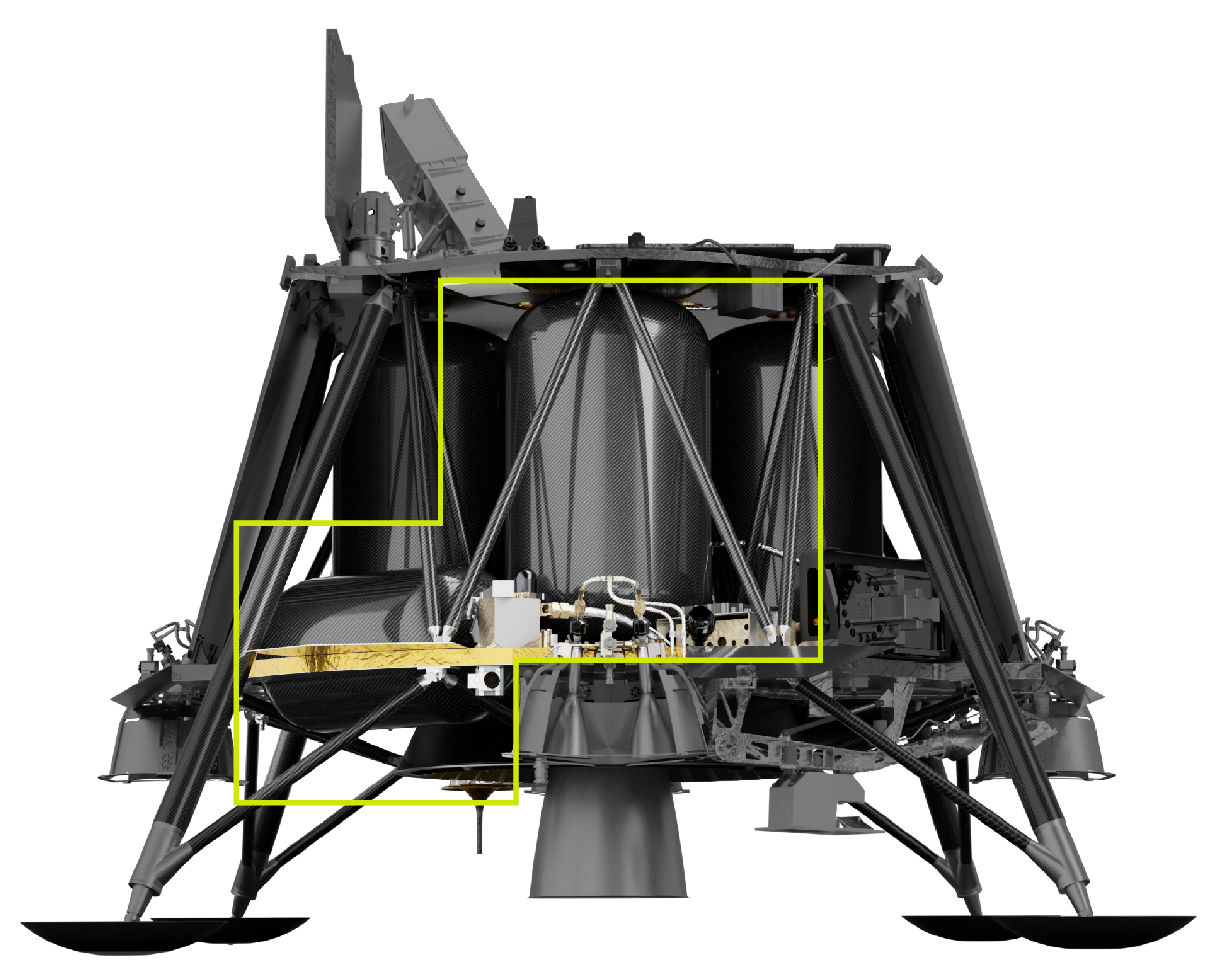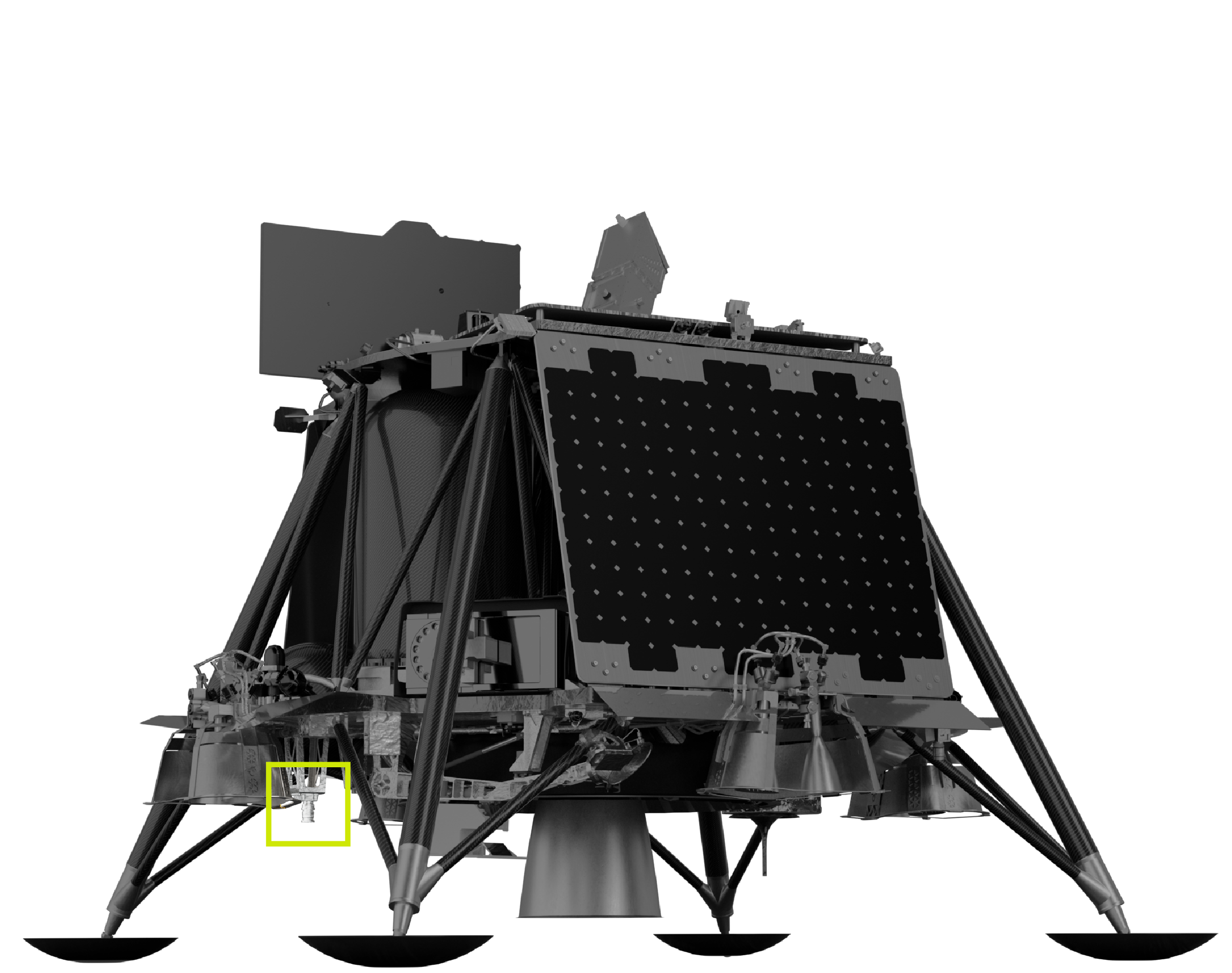Mission Complete

Mission 1 to the Moon
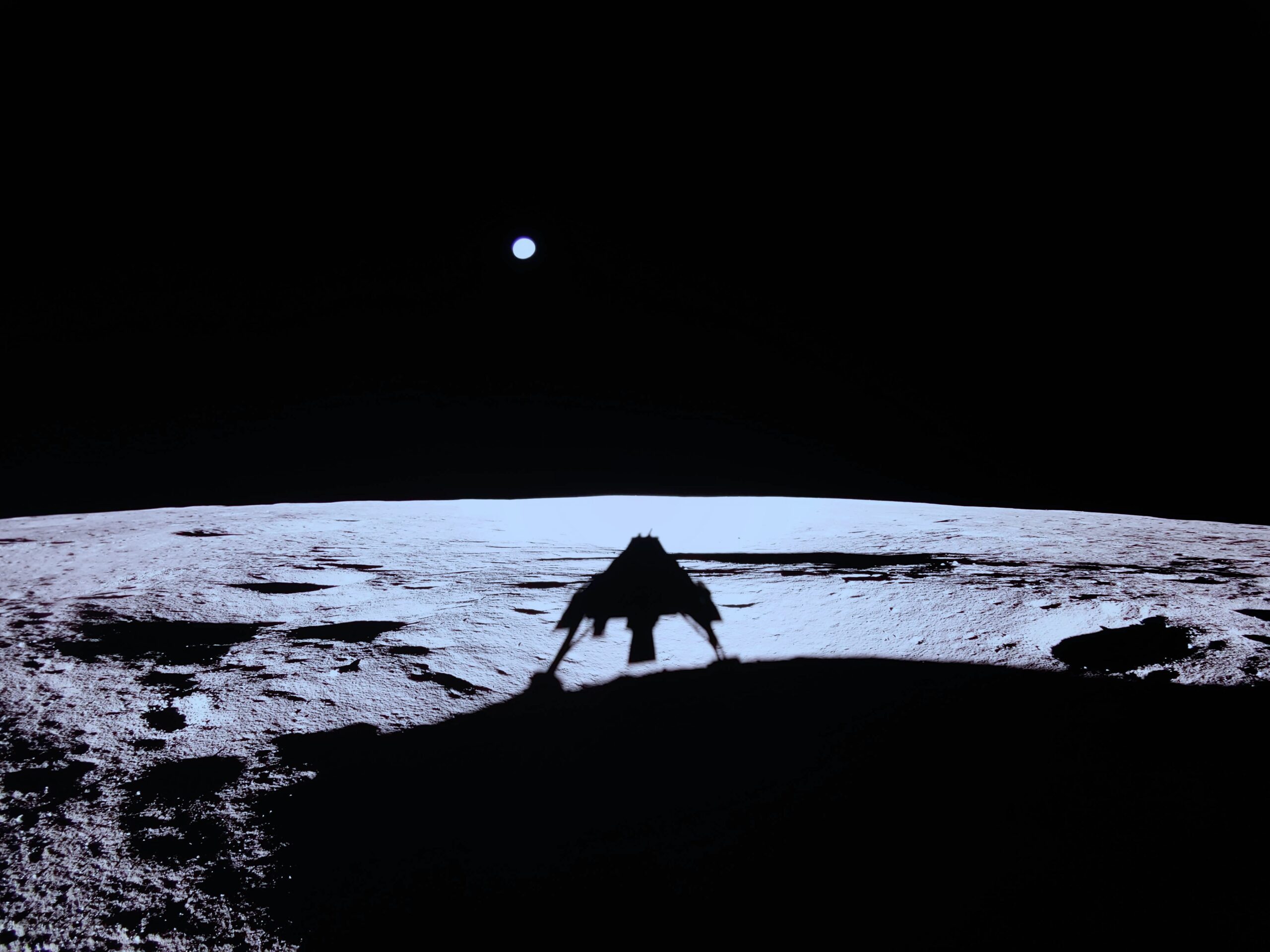
Mission Details
Mission Summary
Firefly’s Blue Ghost Mission 1, named Ghost Riders in the Sky, launched on January 15 and performed the first fully successful commercial Moon landing on March 2. Blue Ghost then completed more than 14 days of surface operations (346 hours of daylight) and just over 5 hours of operations into the lunar night. This achievement marks the longest commercial operations on the Moon to date. Read more about the mission’s historic accomplishments in Firefly’s end of mission press release.
Our Trajectory
Blue Ghost Mission 1 had approximately 60 days of operations, including 45 days in transit to the Moon and more than 14 days on the lunar surface. Our 45-day transit included 25 days in Earth orbit, 4 days in lunar transit, and 16 days in lunar orbit, which enabled the team to conduct robust health checks on each subsystem, calibrate the propulsion system in preparation for critical maneuvers, and begin payload science operations ahead of landing.
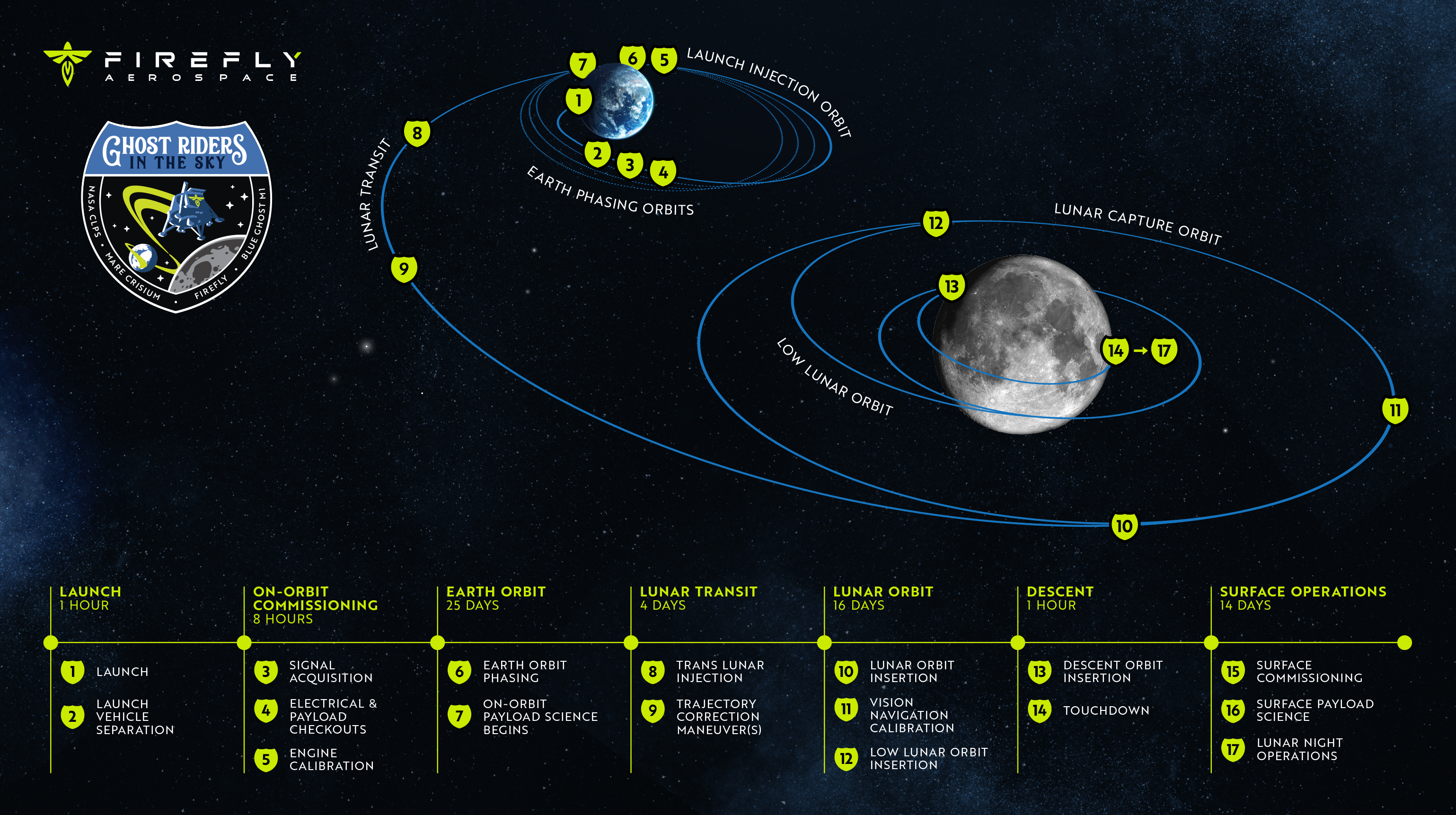
Our Payloads
The payloads on Blue Ghost Mission 1 will help advance lunar research and conduct several first-of-its-kind demonstrations, including testing regolith sample collection, Global Navigation Satellite System abilities, radiation tolerant computing, and lunar dust mitigation. These investigations will help pave the way for humanity’s return to the Moon. The data captured will also benefit humans on Earth by providing insights into how space weather and other cosmic forces impact Earth, among other valuable research.
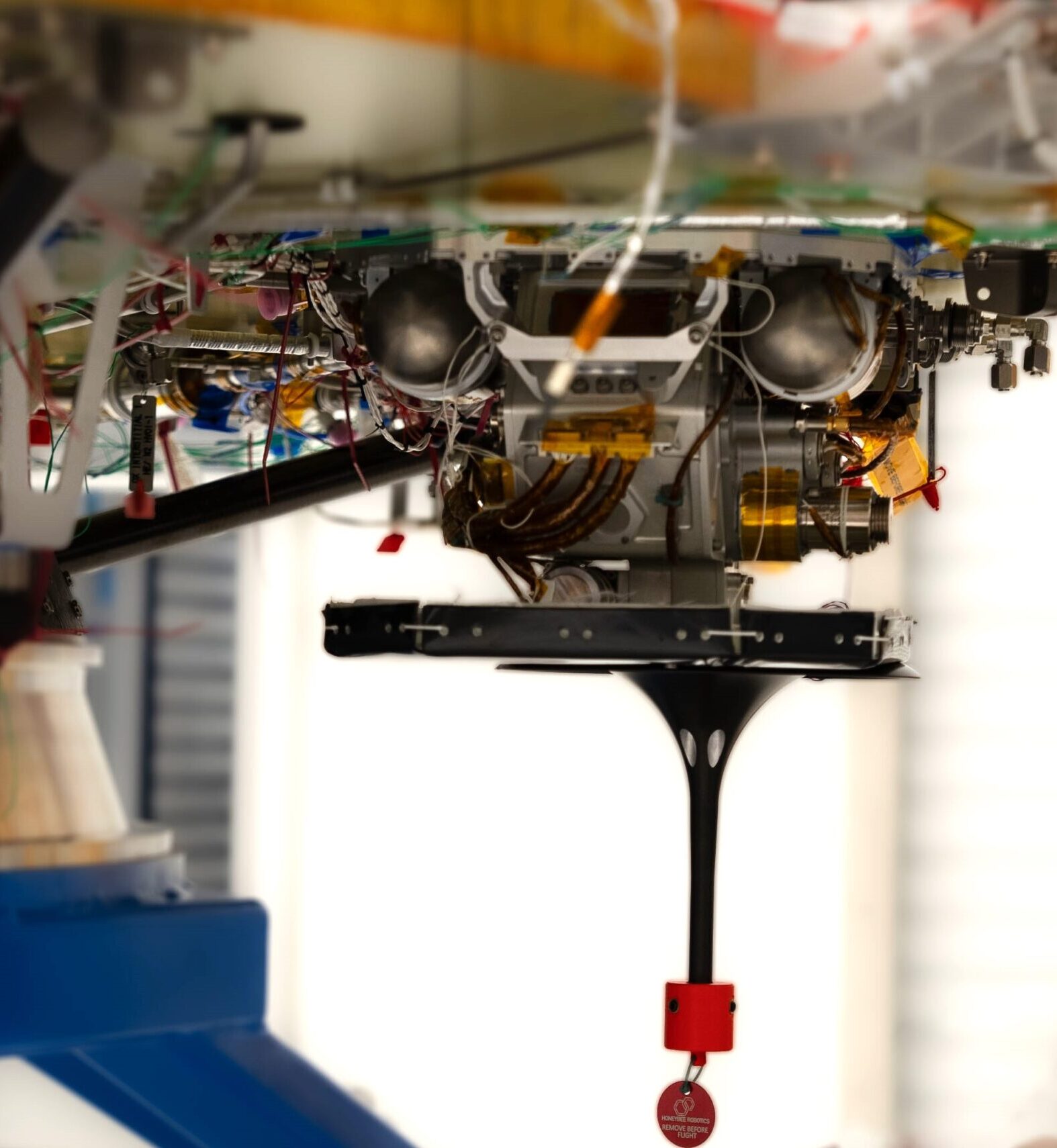
Honeybee Robotics (Blue Origin)
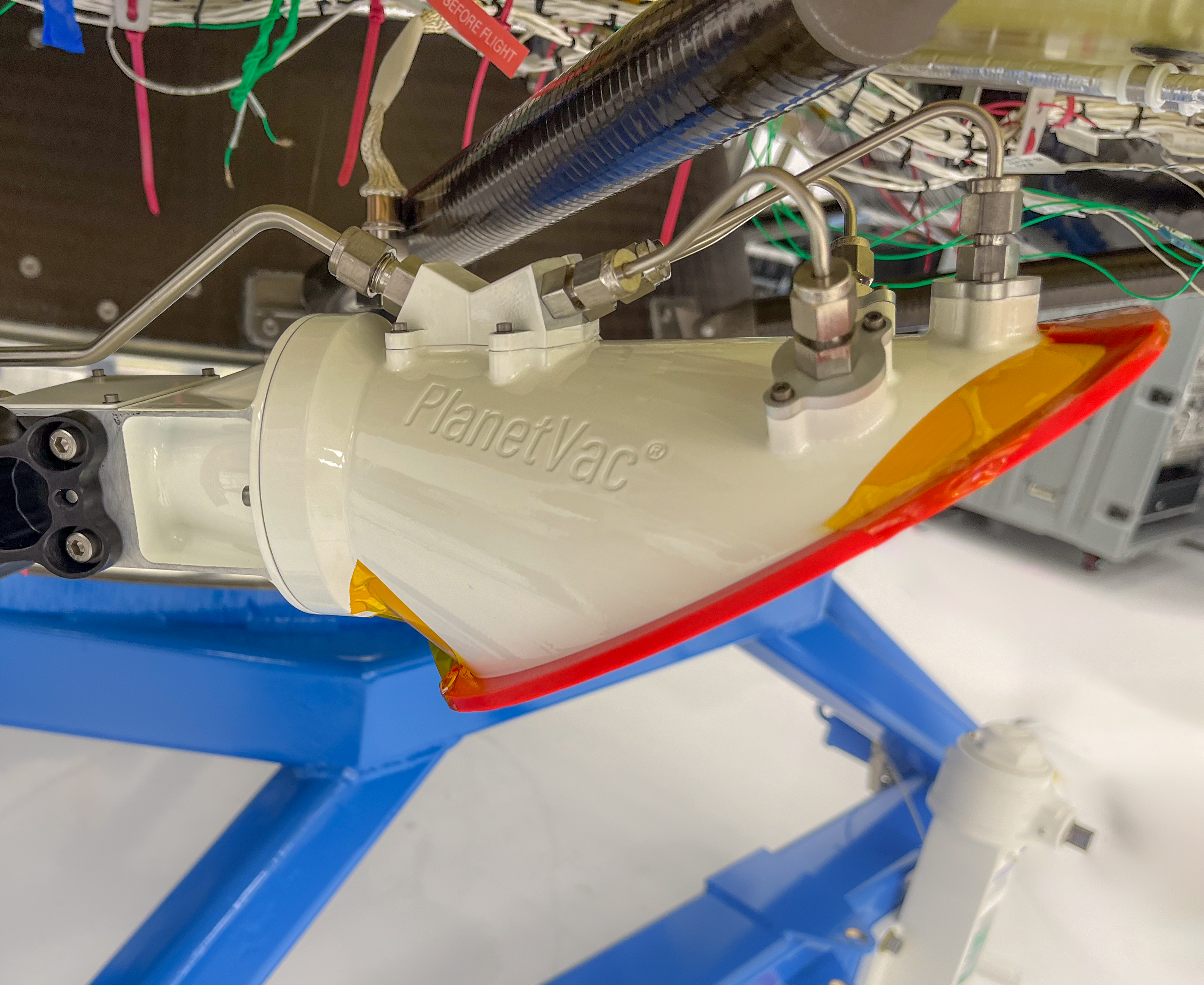
Honeybee Robotics (Blue Origin)
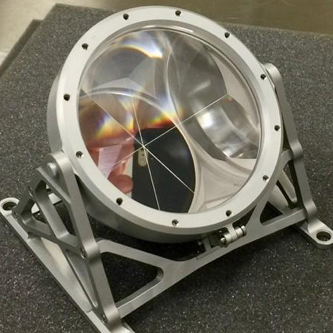
University of Maryland
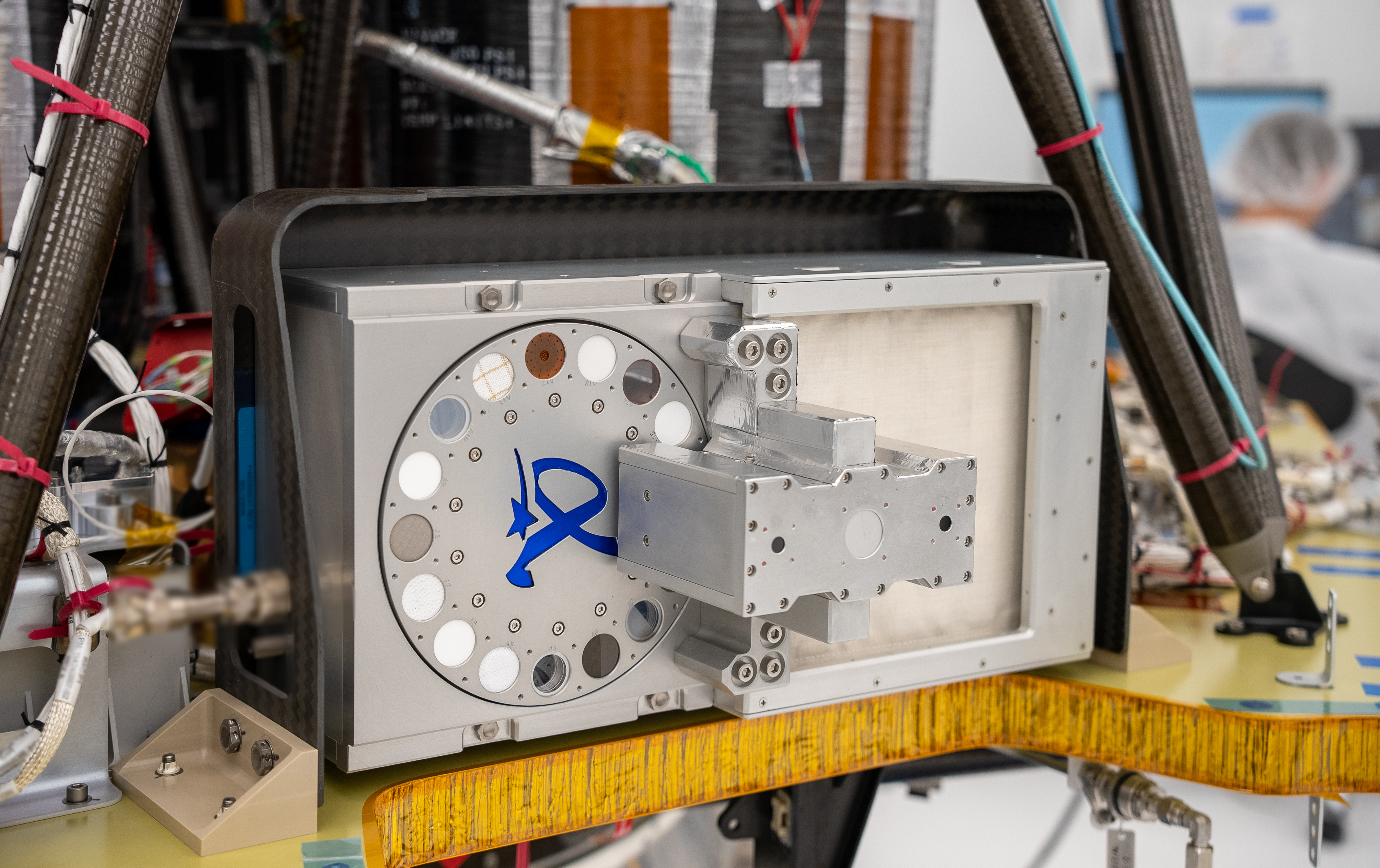
Aegis Aerospace
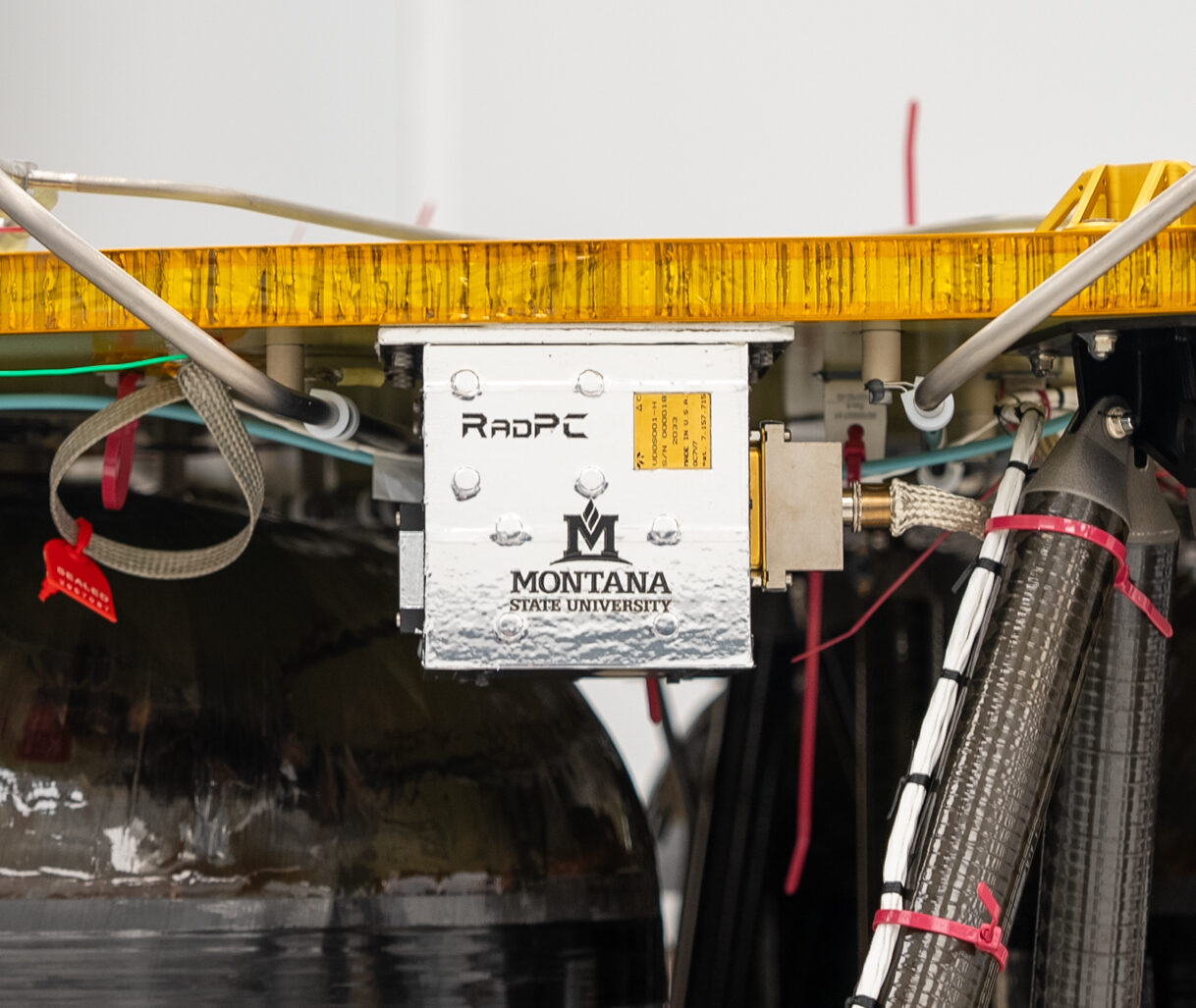
Montana State University
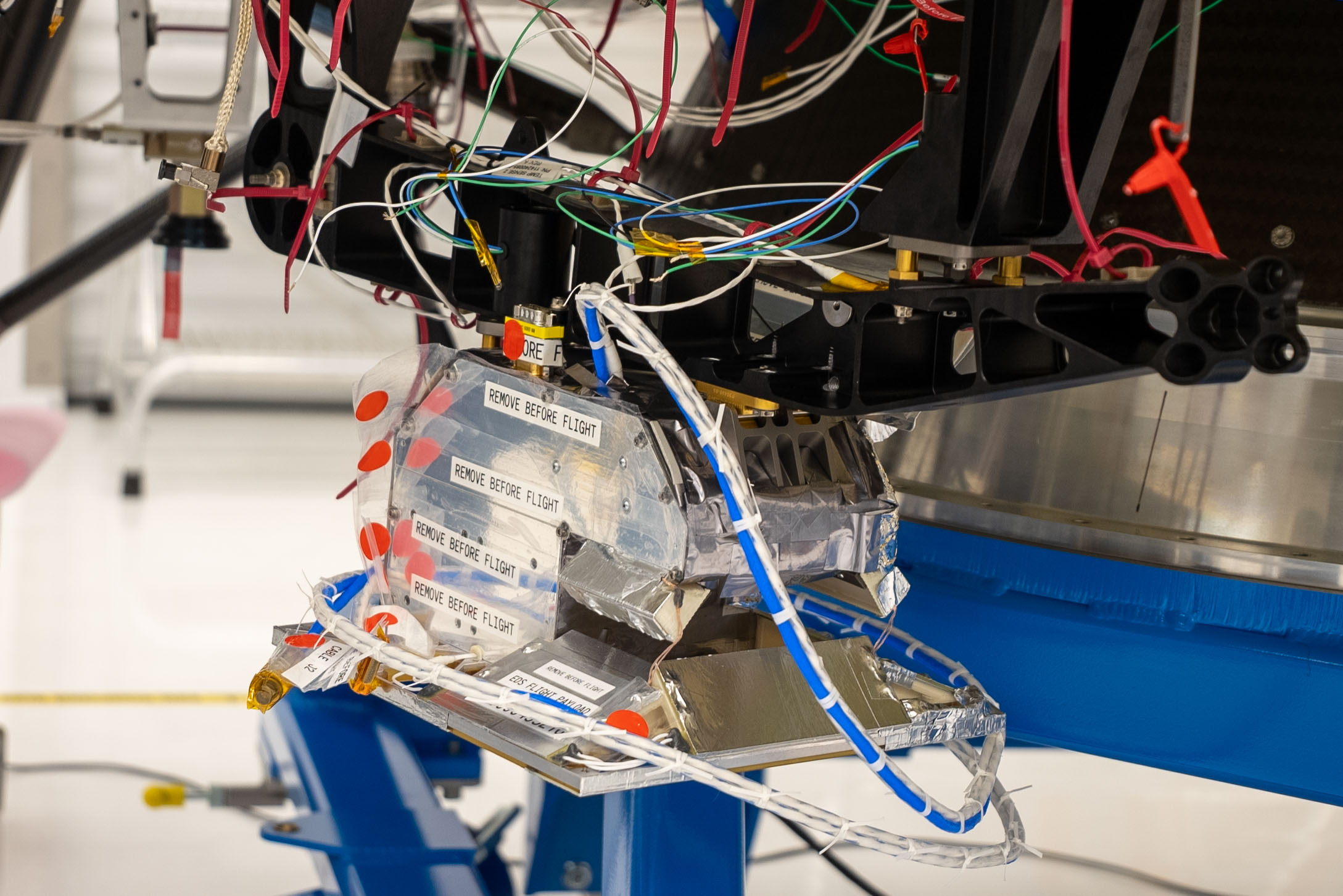
NASA Kennedy Space Center
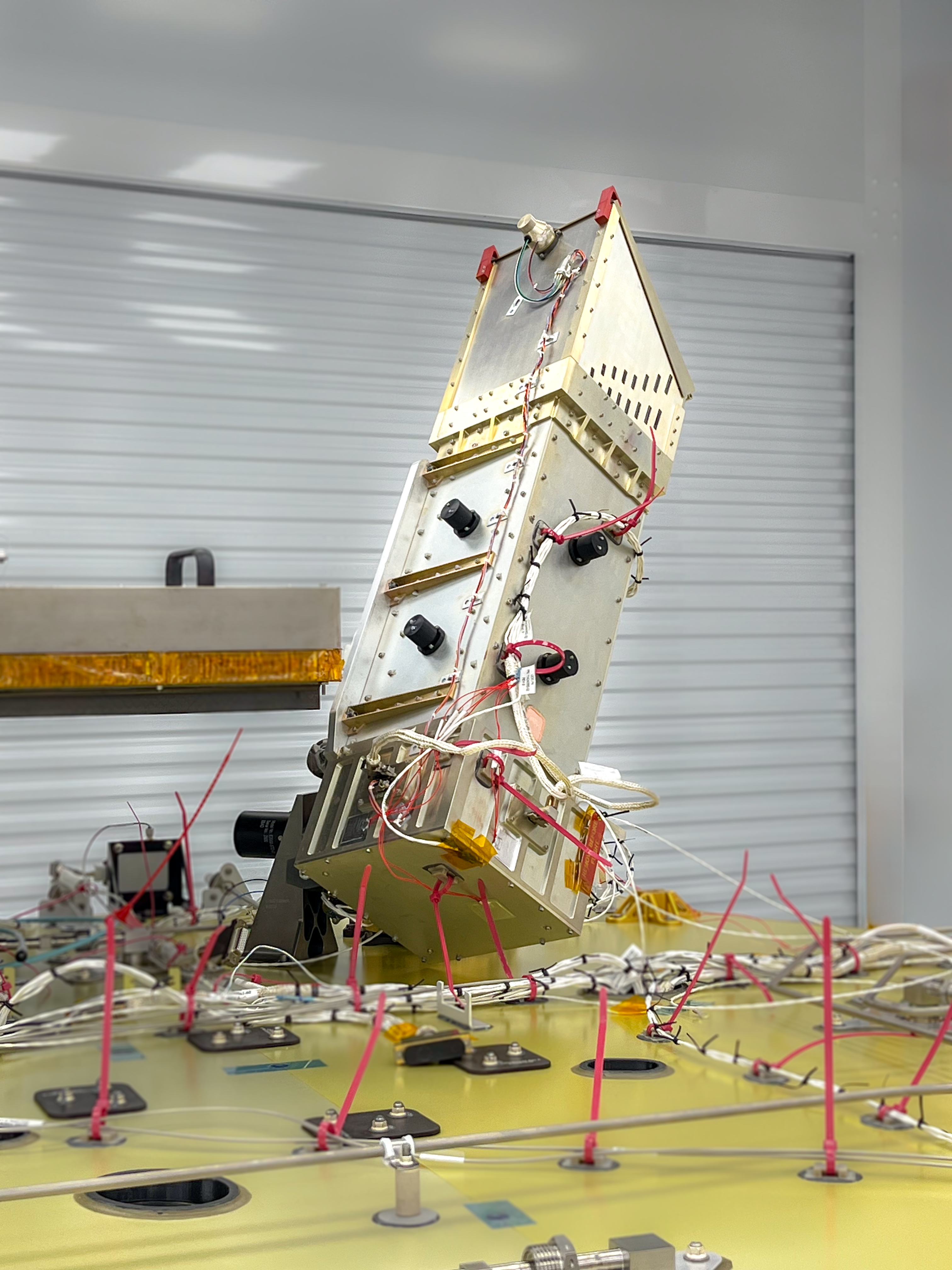
Boston University; NASA Goddard Space Flight Center; Johns Hopkins University
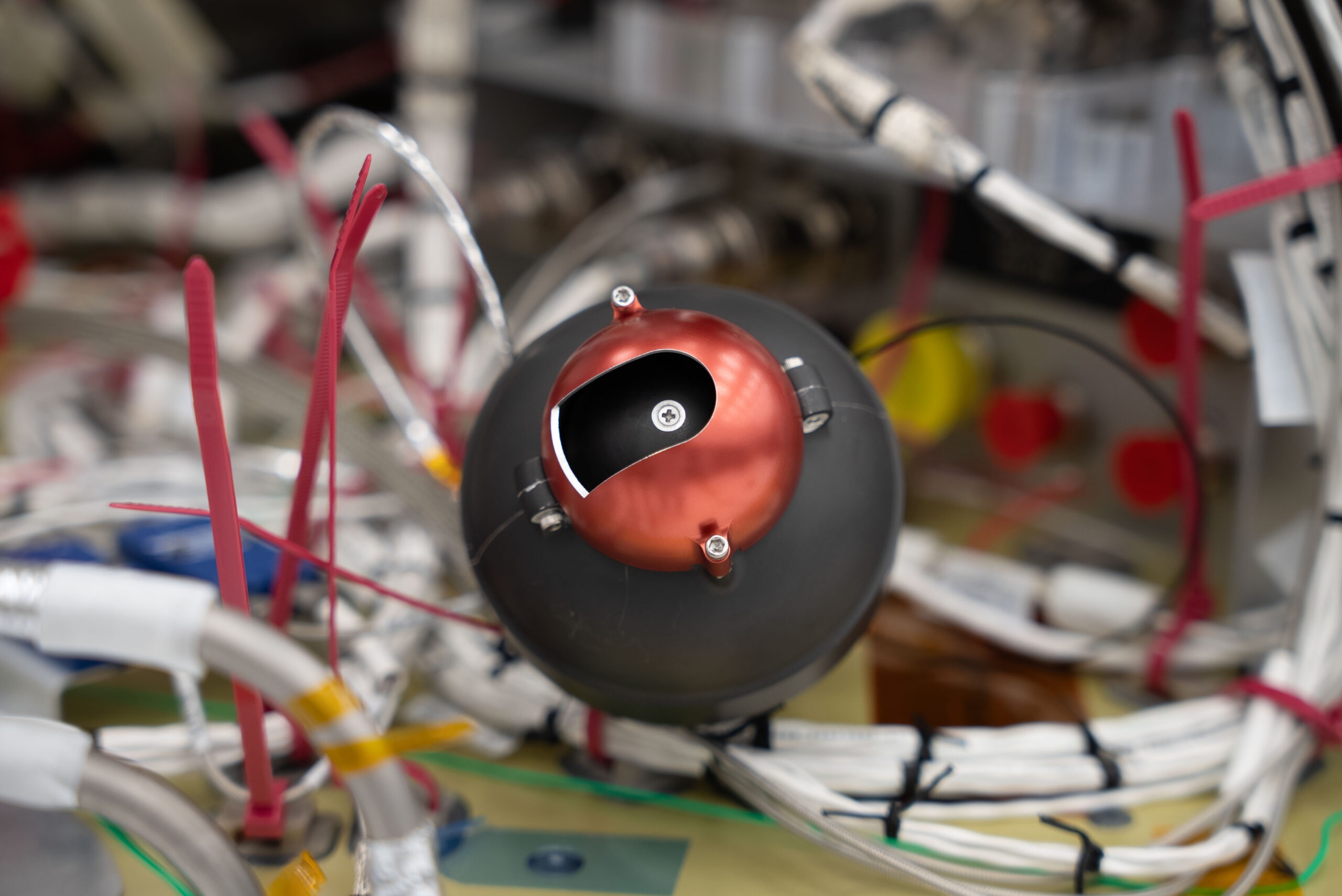
Southwest Research Institute
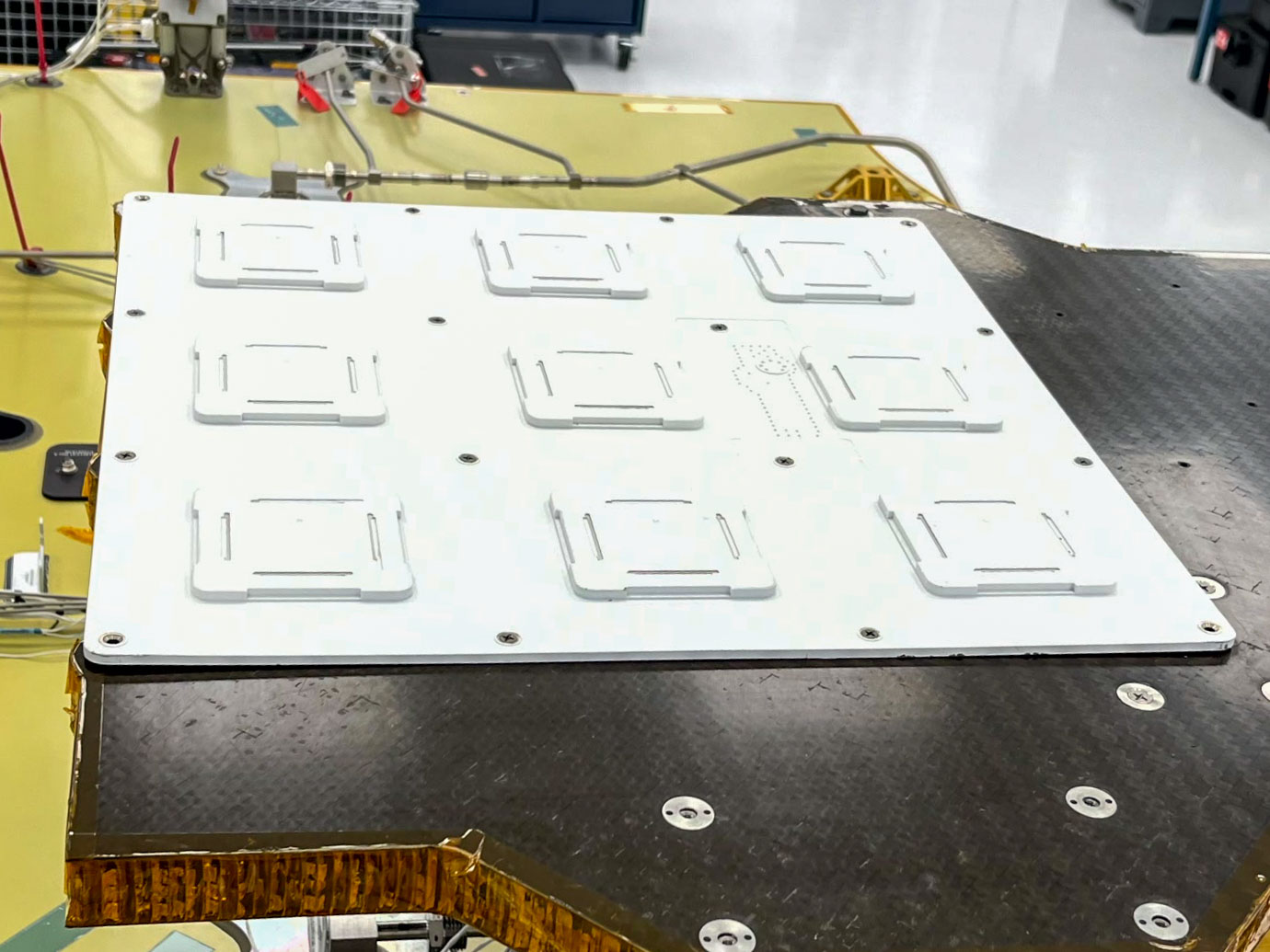
Italian Space Agency (ASI); NASA Goddard Space Flight Center
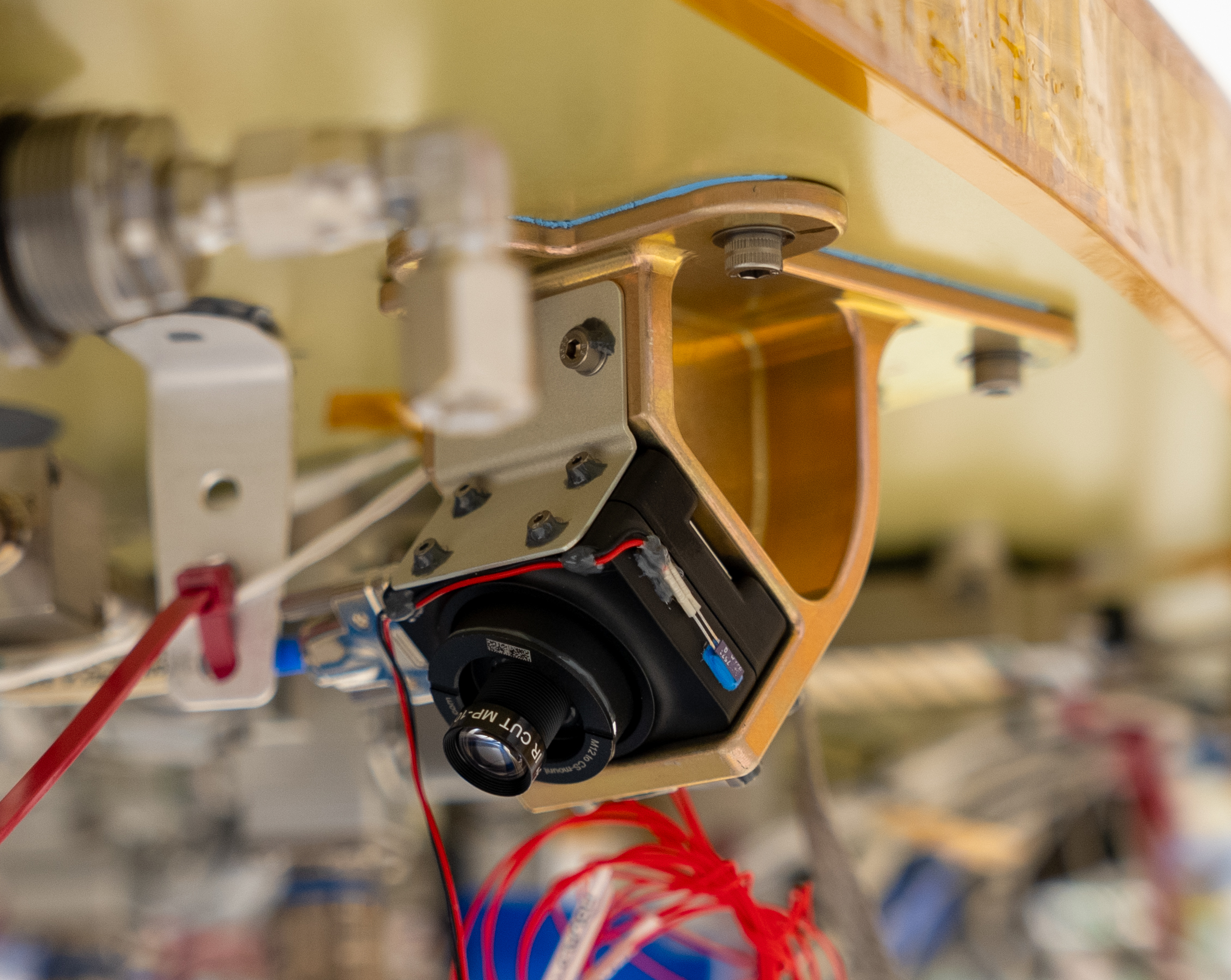
NASA Langley Research Center
Our Ride
Standing 2 m (6.6 ft) tall and 3.5 m (11.5 ft) wide, Blue Ghost is designed for stability with shock absorbing feet, a low center of mass, and a wide footprint. Blue Ghost’s core components, including the panels, struts, legs, harnesses, avionics, batteries, and thrusters, were built using many of the same flight-proven technologies common to all of Firefly’s launch and orbital vehicles, enabling lower costs and improved reliability.
Our Descent
During the final hour of descent, Blue Ghost used vision-based terrain relative navigation and hazard avoidance to measure the lander’s position and identify craters, slopes, and rocks before selecting the final hazard-free target within the landing zone. Blue Ghost’s RCS thrusters pulsed as needed throughout the descent for a soft landing.
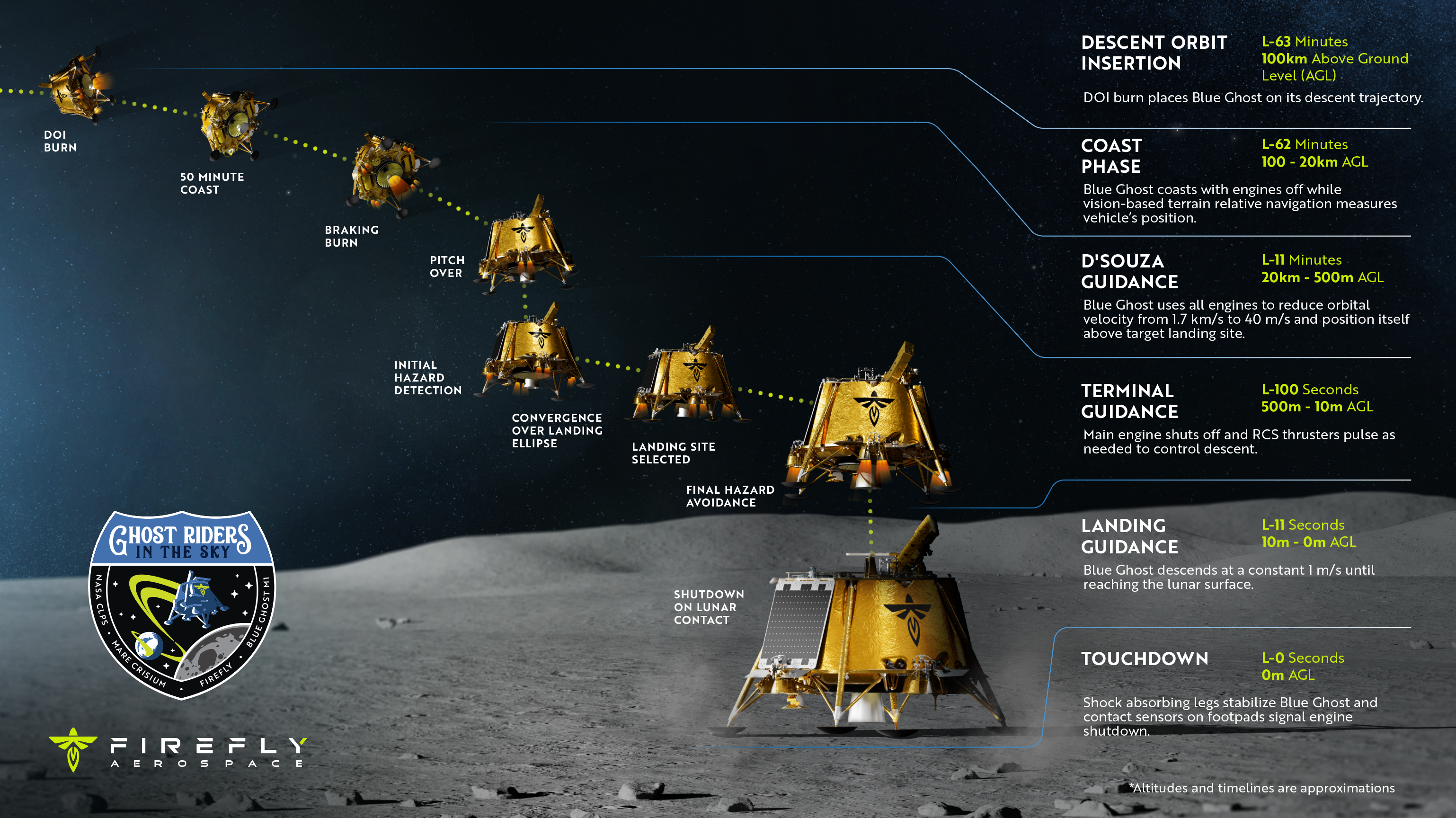
Our Destination
Blue Ghost landed near a volcanic feature called Mons Latreille within Mare Crisium, a large basin located in the northeast quadrant of the Moon’s near side (when observing the Moon from Earth’s northern hemisphere). Formerly an ancient asteroid impact site, Mare Crisium was created by volcanic eruptions that flooded the basin with basaltic lava about 3 billion years ago. This unique landing site will allow Firefly’s payload partners to gather critical data about the Moon’s regolith, geophysical characteristics, and the interaction of solar wind and Earth’s magnetic field.
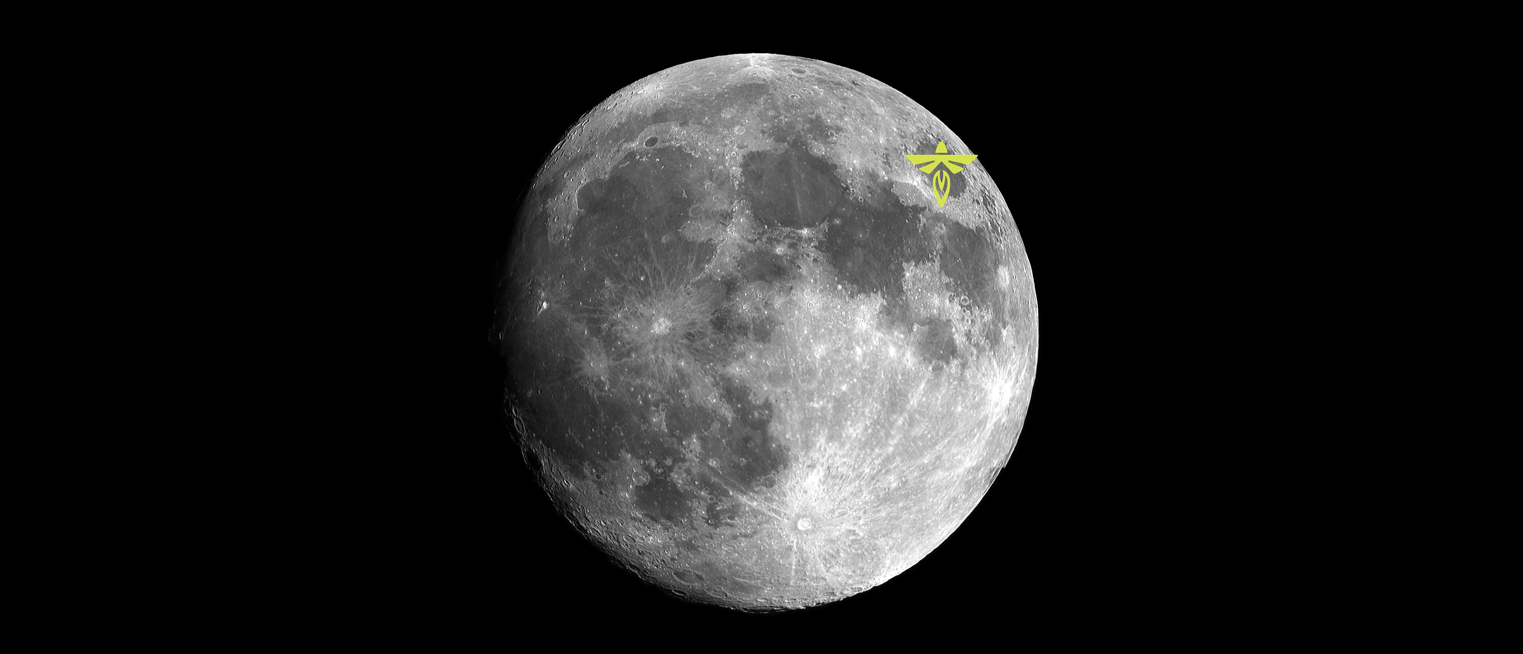
Our Team
More than 700 Firefly employees from all over the world have played a role in bringing Blue Ghost to life. These Ghost Riders are forging a highway to the Moon by enabling regular lunar access, advancing lunar research, and laying the groundwork for humans to have a lasting lunar presence. Get to know these talented individuals as we begin our road trip to the Moon: Blue Ghost – Meet the Team – YouTube.
